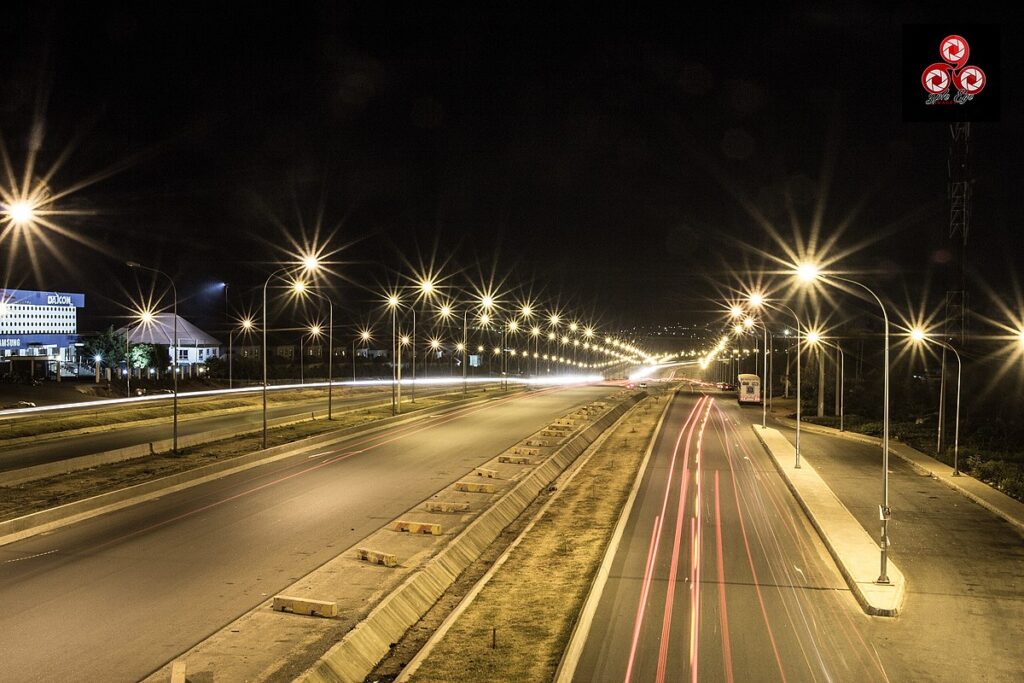Scientists in Thailand have assessed which technology between PV, wind or piezo -electric energy is better for feeding street lighting and have found that solar energy is the winning technology, because it turned out to be both economically and technologically feasible.
Researchers from the Thailand’s King Mongkut’s Institute of Technology Ladkrabang have conducted a feasibility study for a nano-grid-based street lighting system and have discovered that PV must be the preferred doctor’s source for the proposed system configuration.
They investigated the system as if they were driven by PV, wind or piezo electric sheets and tested the technological and economic feasibility.
“The feasibility of using PV, Piëzo -Electric and Wind Energy harvesting systems and electric power sources for street lighting systems is being investigated, taking into account both energy generation and economic feasibility,” the team said. “An economic assessment was carried out for a 1 km Nano-grid street lighting system, taking into account the proximity of Thailand to the equator and its abundant daily light during the day (6:00 am to 6:00 pm).”
Piezoelectric materials are often used for technical applications, mainly as actuators and sensors that generate and detect mechanical distortion in materials. They can generate electrical energy through the mechanical energy that is being exercised on it, in the case of this study converting by passing cars.
The street light system consists of 120 W LED -Street Lantarns installed on 56 Poles for a total load of 80,640Wh/day or 28,089.6kWh/year. In the PV installation scenario, each post also carries a 350 W Silicium Panel Monokrystalline with an efficiency of 20%. With the radiation levels of Bangkok, that is a daily production of 98,000 WH and an annual production of 37,770 kWh.
Economic feasibility statistics have resulted in a discount with a discount on the payback time (DPP) of 12.2 years, the internal return (IRR) of 11%, net present value (NPV) of $ 27,293 and livalized electricity (LCOE) of $ 0.11/kWh.
The case of the Piezo -Electric Energy harvesting system needs 4,466 plates that must be installed in the asphalt, each with a capacity of 0.102 W. based on the assumption of 20,000 cars that would ride daily on top of the system, has resulted in daily energy production in 25.31 WH and the annual production. Economic feasibility statistics have resulted in a DPP of more than 20 years, not IRR, an NPV of negative $ 425,227 and an LCO of $ 3,121/kWh.
It was assumed that the wind turbine had a vertical axis with two knives, at a height of one meter. 560 wind turbines of 100 W were needed according to the simulation. Based on the wind generated by 20,000 cars, the daily energy production has resulted in 227,455 WH and the annual production is 83,021 kWh. Economic feasibility statistics have resulted in a DPP of 33.2 years, not IRR, NPV of negative $ 30.362 and an LCOe of $ 0.18/kWh.
“The results of the study show that the PV and the wind system can produce sufficient electrical energy for street lighting systems. However, the wind system has high costs and is not economically feasible,” the academics explained. “As far as Piëzo -Electric Energy is concerned, it does not produce sufficient electrical energy for street lighting systems and contributes to high investment costs. That is why it is not suitable as a source of production of electrical energy.”
After these results, the team decided to optimize the Nano-Grid for a system that includes both PV and wind energy and storage of lithium-ion or lead acid batteries. In the case of lead acid, 113 kWh storage was needed, along with 5.98 kW PV and 10 kW wind energy. DPP was 15.8 years old in this case, IRR was 3.4%and the NPV was $ 16,280. In the case of lithium-ion, 71.5 kWh storage was needed, along with 4.06 kW PV and 8 kW wind energy. In this case the DPP was 13 years old, the IRR was 5.5%and the NPV was $ 45,820.
“Hybrid PV -Wind Energy Harvesting Systems offer the most economically feasible option for Nano -grid street lighting systems,” the team concluded. “The wind system is given priority as the primary energy source because of the superior performance, whereby the PV system is used to supplement periods of insufficient wind energy generation. As a result, this strategy reduces the necessary size of both energy and storage systems.”
Their findings were presented in “Research into the feasibility of Nano-grid infrastructure integration in street lighting systems based on energy production and economic evaluation“Published in Scientific reports.
This content is protected by copyright and may not be reused. If you want to work with us and reuse part of our content, please contact: editors@pv-magazine.com.

